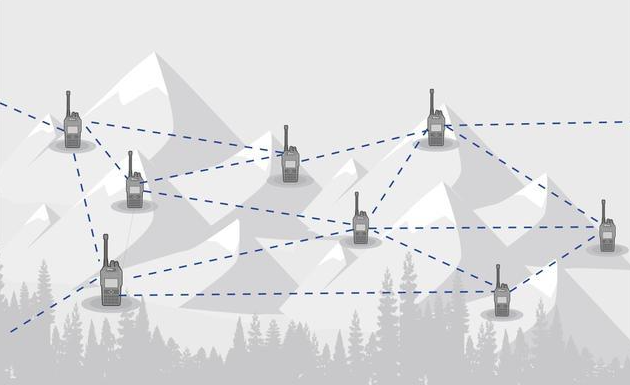Making Wireless IoT Project Easy, Smart, Secure.
GET A FREE SAMPLEAt present, the emergency rescue market is based on passive positioning applications, and in special situations, rescue operations are mostly carried out by individual soldiers. Firefighters are not able to timely know the location and status of themselves and their team members, and there is no combination of scene perception and indoor and outdoor location information, putting relevant rescue personnel in a more dangerous situation.

Summary of Difficulties in Emergency Rescue
1. No indoor positioning
2. Individual combat
3. Unexpected scenario uncertainty
4. Unable to cope with the situation of no public network
5. No scene perception
Response Policy for UWB Ad hoc Network Positioning System
1. Free distribution points
2. Unified scheduling
3. Parallel to 5G
4. Internal UWB self-organizing network
5. Equipped with Beidou high-precision positioning module at the station end
6. Internal and external integrated positioning
UWB self-organizing network positioning principle
Based on the principle of multi-directional ranging (3 or more), the original multi base station fixed-point layout scheme is abandoned, and the labels realize the position topology structure with each other. Coordinates are analyzed in the base station section, and the two-dimensional or three-dimensional coordinate position of the target node is determined through geometric calculations.
By using self-organized ranging and filtering algorithms, the network labels can determine the mutual distance and position of the label terminals within the network, especially in complex environments where the positioning results can be corrected and optimized.
To ensure accurate time measurement, the nodes in the entire self-organized network are highly synchronized. Adopting specialized synchronization algorithms and mechanisms to ensure temporal consistency among nodes.
In practical applications, multiple positioning algorithms and data fusion techniques will be combined to comprehensively consider different measurement values and information, in order to obtain more reliable and accurate positioning results. At the same time, continuous error correction and optimization are carried out to adapt to different environments and scene requirements.
Prev:【 SKG804M 】 The Beidou satellite communication module is compact, convenient, and embedded
Next:A Solution for Fire Rescue Personnel Location-UWB Autonomous Network Positioning System
Copyrights© Shenzhen Skylab Co.,LTD All Rights Reserved.

